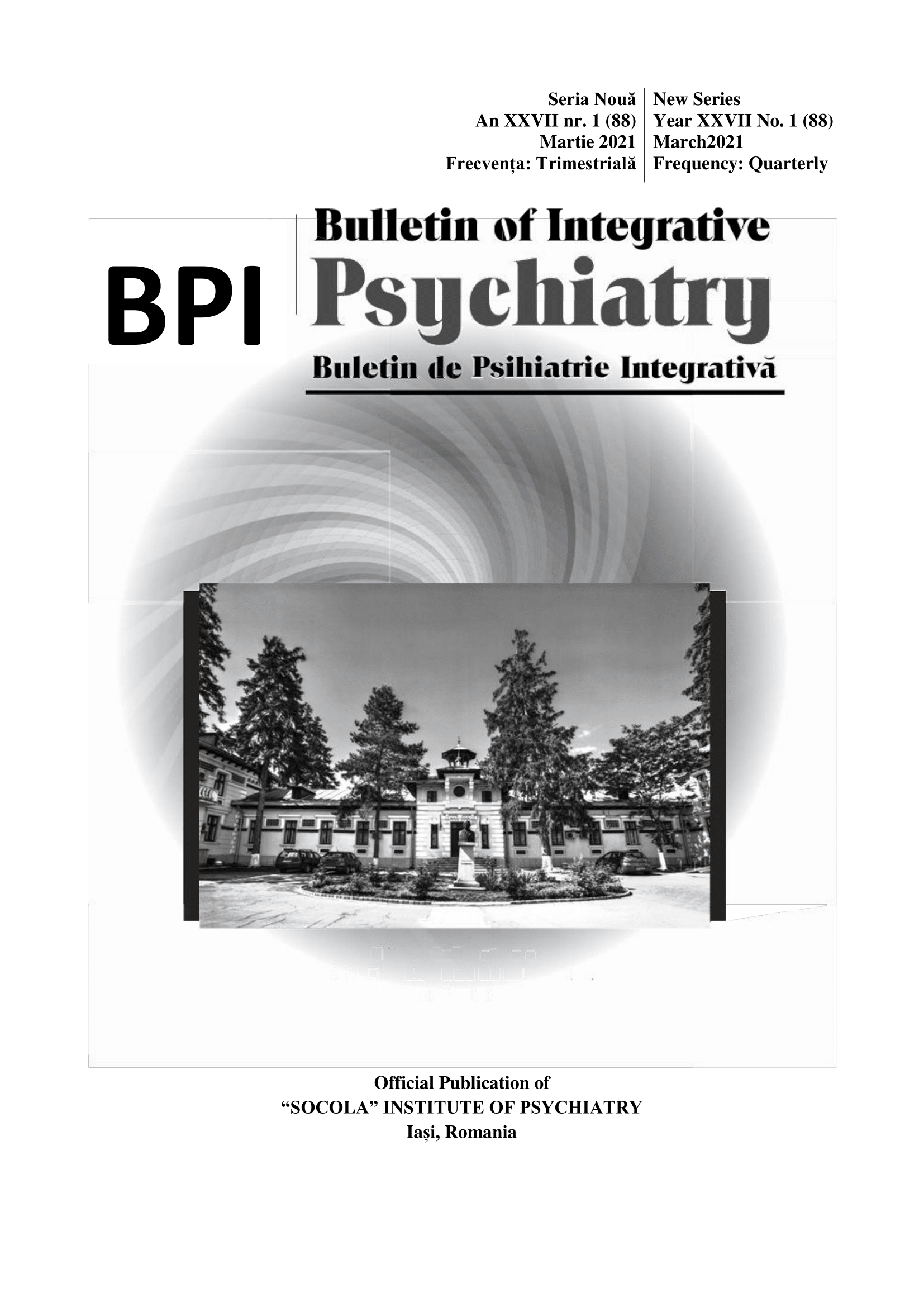Crossed eye-hand dominance in pupils with specific learning disabilities with impairment in mathematics
Crossed eye-hand dominance in pupils with specific learning disabilities with impairment in mathematics
Author(s): Petru Marian CălinescuSubject(s): Health and medicine and law
Published by: Editura Sedcom Libris Iasi
Keywords: Crossed eye-hand preference; developmental dyscalculia; specific learning disability (SLD) with impairment in mathematics;
Summary/Abstract: Crossed laterality is a recurent subject in the scientific literature, and its ties with achievement are not fully explained. In solving mathematical problems, peoples use exact and approximate calculation strategies, having as neuronal substrat an exact number system, respectively an approximate one. Some persons suffer of specific learning disabilities with impairment in mathematics, also called developmental dyscalculia. Multiple brain dysfunctions or dysfunction in central brain areas, as well as negative educational influences cause developmental dyscalculia. In the present study, the occurencies of cross eye-hand dominance were compared in normal and adapted curriculum pupils, aged 8- 15. In order to identify the dominant hand and the dominant eye, a simplified V-scope test was used. χ squared association test revealed that adapted curriculum pupils suffer significantly more often of cross eye-hand dominance compared to normal curriculum pupils. Despite more of the adapted curriculum pupils exhibited a left eye prefference, statistical results require caution. Crossed eye-hand dominance occurs more frequently in case of adapted curriculum pupils, supporting the fact that the etiology of developmental dyscalculia is represented of brain dysfunctions. In case of adapted curriculum pupils, left eye preference seems to sustain the presence of some left hemisphere damages, fact that explains the difficulties these pupils encounter in solving arithmetic problems. Remains for the future research to establish the validity of the „monocle method” in the screening of special learning disabilities persons.
Journal: Buletin de Psihiatrie Integrativa
- Issue Year: 88/2021
- Issue No: 1
- Page Range: 19-26
- Page Count: 8
- Language: English

